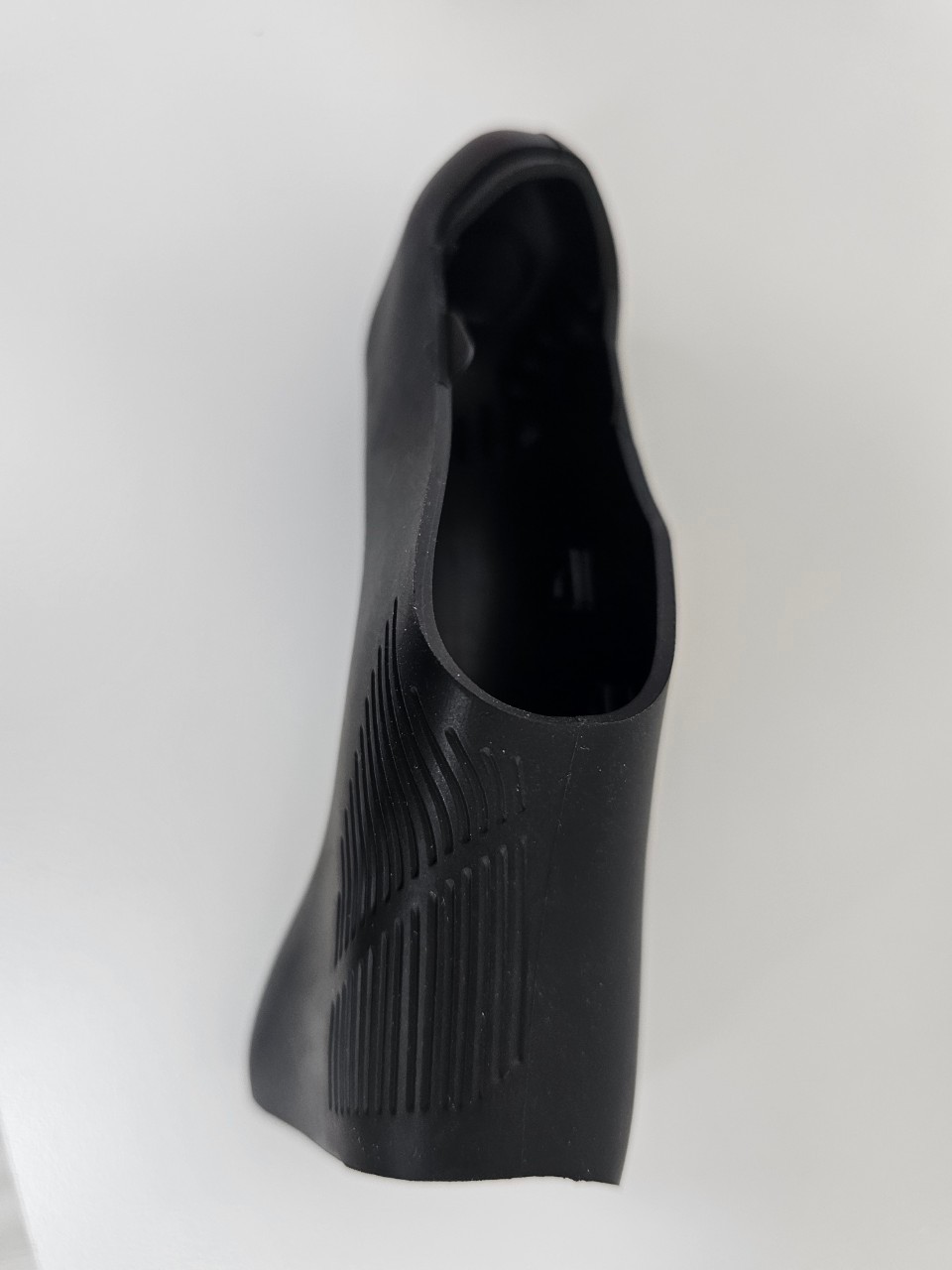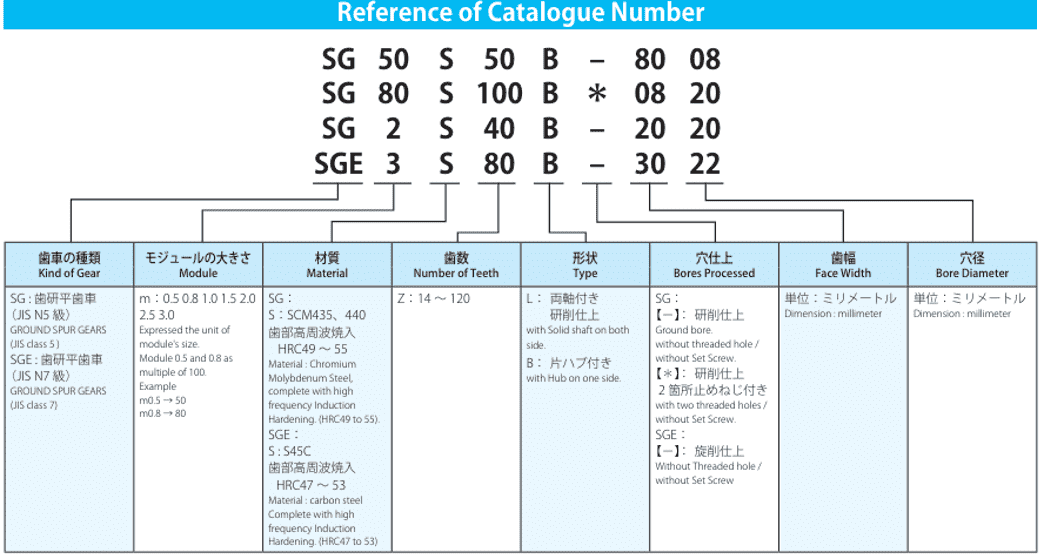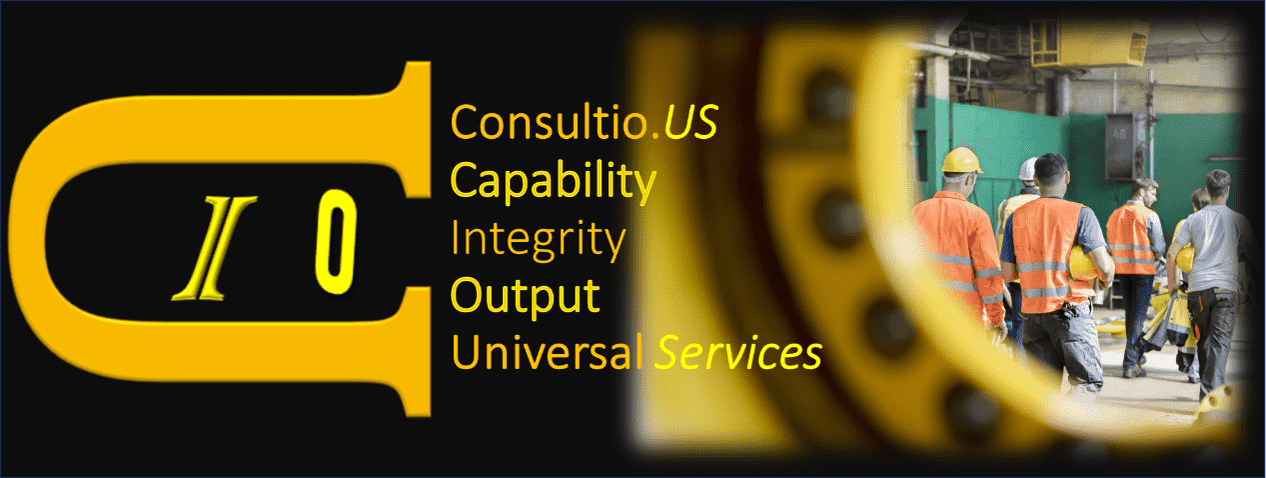Custom Injection Molding Using TPE- Benefits and Applications

Custom Injection Molding Using TPE: Benefits and Applications
In the world of manufacturing, custom injection molding has emerged as one of the most effective methods for producing high-quality, complex parts with precision. Among the various materials used in injection molding, Thermoplastic Elastomers (TPE) have gained significant popularity due to their unique combination of properties. TPE injection molding, specifically, has become a sought-after technique in diverse industries. This article will explore the benefits and applications of custom injection molding using TPE.
Table of Contents
- Introduction
- What is TPE?
- Benefits of Custom Injection Molding with TPE
- Common TPE Molding Applications
- Conclusion
What is TPE?
Thermoplastic Elastomers (TPE) are a group of materials that combine the elasticity of rubber with the processing advantages of thermoplastics. TPEs are flexible, durable, and can be processed easily using traditional injection molding methods. They offer excellent mechanical properties, including high resistance to wear, chemicals, and extreme temperatures. These qualities make TPE a versatile choice for custom injection molding.
Benefits of Custom Injection Molding with TPE
1. Versatility in Design and Material Properties
One of the main advantages of TPE injection molding is the versatility it offers in terms of design. TPE materials can be customized to meet specific requirements, including varying hardness, flexibility, and tensile strength. Manufacturers can select from a range of TPE compounds to suit their needs, whether for soft-touch applications, high-temperature environments, or medical-grade products. The ability to fine-tune the material properties makes TPE a go-to option for custom injection molding projects.
2. Cost-Efficiency
TPE injection molding is cost-effective due to its ability to reduce material waste and enhance manufacturing efficiency. Since TPE is a thermoplastic material, it can be melted and reprocessed, reducing the need for large amounts of raw material. Additionally, TPE molding typically requires less energy than traditional rubber molding processes, contributing to overall savings. The cost-efficiency is particularly evident in high-volume production, where custom injection molding with TPE offers both speed and affordability.
3. Strong Durability and Performance
TPE materials exhibit remarkable durability, which is essential in many industries, from automotive to consumer goods. TPE injection molding creates parts that are resistant to UV rays, chemicals, and extreme temperatures. These parts also maintain their flexibility and strength over time, ensuring long-lasting performance. Custom injection molding with TPE allows manufacturers to create products that can withstand wear and tear without compromising on quality.
4. Enhanced Aesthetics and Surface Finish
In addition to functionality, TPE injection molding provides exceptional aesthetics. The material can be produced in a variety of colors and surface finishes, which is ideal for products requiring visual appeal. Custom injection molding with TPE can achieve smooth surfaces or even textured finishes, depending on the design specifications. This makes TPE a favored material for products that need to balance performance with appearance.
5. Environmental Benefits
TPEs are environmentally friendly, as they are fully recyclable. Unlike traditional rubber, which is difficult to recycle, TPE materials can be remelted and reused in the manufacturing process. This reduces the environmental impact of production and promotes sustainability. Manufacturers that prioritize eco-friendly practices find TPE injection molding a valuable option, as it helps minimize waste and contributes to a circular economy.
Common TPE Molding Applications
1. Automotive Industry
In the automotive sector, custom injection molding with TPE is used to create parts that require both flexibility and durability. TPE is used for components like seals, gaskets, bumpers, and interior trim parts. These parts must endure exposure to harsh conditions, such as high temperatures and UV rays, while maintaining their functionality and appearance. TPE’s resilience and versatility make it ideal for producing automotive parts that meet rigorous performance standards.
2. Consumer Electronics
Custom injection molding with TPE is widely used in the consumer electronics industry. TPE materials are often employed for soft-touch grips, buttons, and casings for electronic devices. These components require both durability and comfort, which TPE delivers. Furthermore, TPE’s excellent insulating properties make it suitable for use in electrical connectors and other electronic components that need to be resistant to heat and moisture.
3. Medical Devices
The medical industry benefits greatly from TPE injection molding. TPE’s biocompatibility, non-toxicity, and flexibility make it ideal for producing medical devices such as seals, gaskets, and tubing. Since TPE is easily sterilized, it is frequently used in applications where hygiene is critical. Custom injection molding with TPE ensures that medical components meet stringent regulatory standards while offering comfort and safety to patients.
4. Packaging
TPE injection molding also plays a vital role in packaging, particularly in creating flexible seals and closures for bottles, jars, and containers. TPE provides a secure and airtight seal, ensuring the integrity of the contents while maintaining ease of use. The flexibility of TPE also allows manufacturers to design packaging that is both functional and visually appealing.
5. Sporting Goods and Toys
Custom injection molding with TPE is used in the production of sporting goods and toys. TPE’s soft and flexible nature makes it suitable for items such as grips for golf clubs, bicycle handlebars, and various toy parts. The durability and safety features of TPE make it an excellent choice for products that endure repeated use and need to be safe for children.
Conclusion
Custom injection molding using TPE provides an array of benefits, from enhanced versatility and cost-efficiency to exceptional durability and aesthetic appeal. TPE molding applications are widespread, encompassing industries such as automotive, consumer electronics, medical devices, packaging, and more. As manufacturers continue to seek materials that offer superior performance, sustainability, and flexibility, TPE injection molding stands out as a reliable solution for producing high-quality, custom parts. Whether designing complex components or simple everyday products, TPE offers a winning combination of properties that meet the demands of modern manufacturing.
Related Products
Here are some relevant statistics and facts to support the article on custom injection molding using TPE:
-
Market Growth for Thermoplastic Elastomers (TPE)
- The global market for thermoplastic elastomers is expected to grow at a compound annual growth rate (CAGR) of approximately 6.3% from 2023 to 2030. This growth is driven by TPE's increasing adoption in automotive, healthcare, and consumer goods industries due to its versatility and sustainability. (Source: Grand View Research)
-
Cost Savings with Injection Molding
- Injection molding is one of the most cost-effective methods of manufacturing in high-volume production. Studies show that custom injection molding reduces material waste by 20-30% compared to traditional methods. This makes TPE an excellent choice for companies seeking cost-effective production solutions. (Source: The Engineered Plastic Industry)
-
Sustainability of TPE
- Thermoplastic elastomers are 100% recyclable, which significantly reduces waste during manufacturing. TPE can be reused in the production process, lowering the environmental impact of production and promoting a circular economy. According to the European TPE Producers, about 70-80% of TPE material can be reused.
-
Automotive Industry Usage
- The automotive industry is one of the largest consumers of TPE, with an estimated 30-35% of global TPE production going into automotive applications. TPE is used for components like seals, gaskets, and trim parts that require durability and resistance to heat and UV exposure. (Source: MarketsandMarkets)
-
TPE in Medical Devices
- The use of TPE in medical devices is increasing, as TPEs meet the strict regulatory standards for biocompatibility and non-toxicity. A report from Smithers Pira forecasts that the global medical-grade TPE market will reach USD 2.4 billion by 2025, highlighting the growing demand for TPE in medical device production.
-
Energy Efficiency of Injection Molding
- Injection molding is considered one of the most energy-efficient manufacturing processes. It typically consumes less energy compared to traditional methods like compression or transfer molding, with some estimates suggesting up to a 30% reduction in energy consumption when using thermoplastics like TPE. (Source: Plastics Technology)
-
Consumer Electronics Applications
- The consumer electronics sector is expected to account for around 10-15% of the global TPE market. TPE is commonly used for components like soft-touch grips, buttons, and casings, which require both durability and tactile feel. As of recent trends, TPE’s use in electronics has grown as devices become more ergonomic and durable. (Source: Transparency Market Research)





